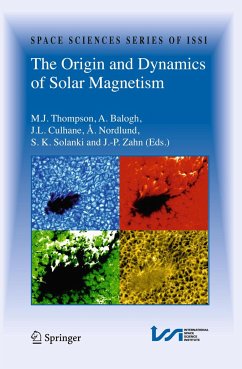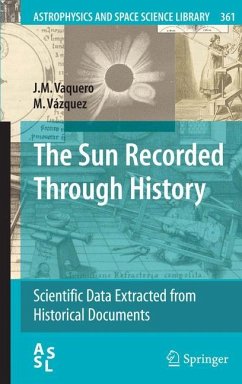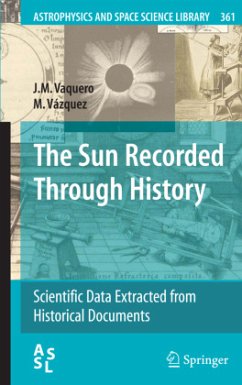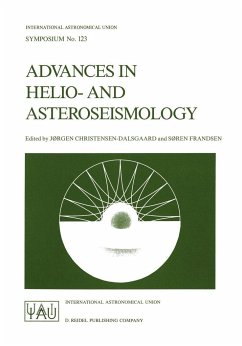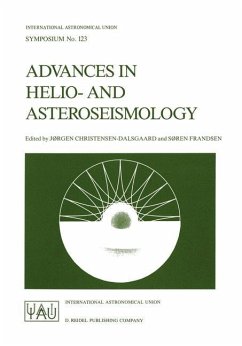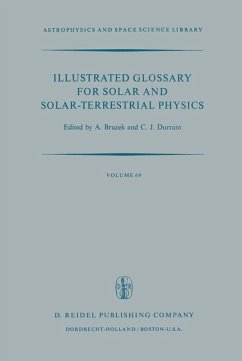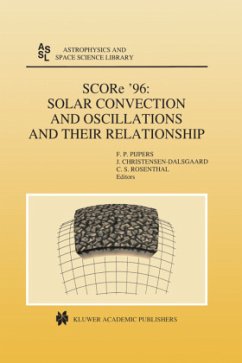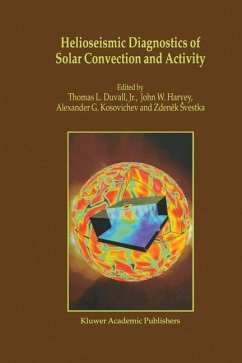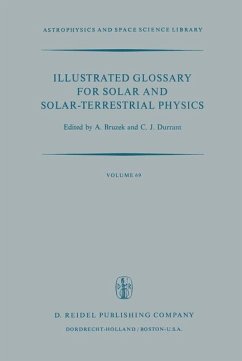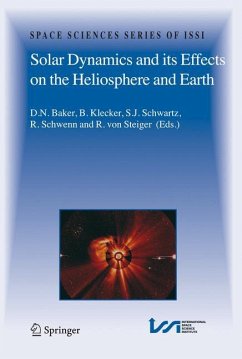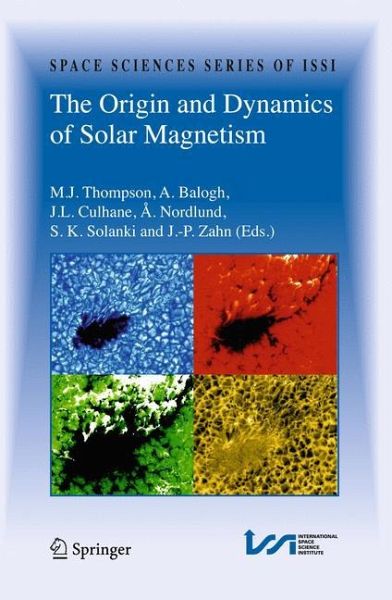
The Origin and Dynamics of Solar Magnetism
Versandkostenfrei!
Versandfertig in 6-10 Tagen
76,99 €
inkl. MwSt.

PAYBACK Punkte
38 °P sammeln!
The book treats all aspects of solar magnetism, from its origin in the solar dynamo to its evolution annd dynamics that create the variability of solar phenomena, from its well-known 11-year activity cycle to the ever-changing pattern of sunspots and active regions on the Sun.
Several contributions deal with the solar dynamo, the driver of many solar phenomena. Other contributions treat the transport and emergence of the magnetic flux through the outer layers of the Sun. The coupling of magnetic fields from the surface to the solar corona and beyond is also described, together with current studies on the predictability of solar activity.
Several contributions deal with the solar dynamo, the driver of many solar phenomena. Other contributions treat the transport and emergence of the magnetic flux through the outer layers of the Sun. The coupling of magnetic fields from the surface to the solar corona and beyond is also described, together with current studies on the predictability of solar activity.
Starting in 1995 numerical modeling of the Earth's dynamo has ourished with remarkable success. Direct numerical simulation of convection-driven MHD- ow in a rotating spherical shell show magnetic elds that resemble the geomagnetic eld in many respects: they are dominated by the axial dipole of approximately the right strength, they show spatial power spectra similar to that of Earth, and the magnetic eld morphology and the temporal var- tion of the eld resembles that of the geomagnetic eld (Christensen and Wicht 2007). Some models show stochastic dipole reversals whose details agree with what has been inferred from paleomagnetic data (Glatzmaier and Roberts 1995; Kutzner and Christensen 2002; Wicht 2005). While these models represent direct numerical simulations of the fundamental MHD equations without parameterized induction effects, they do not match actual pla- tary conditions in a number of respects. Speci cally, they rotate too slowly, are much less turbulent, and use a viscosity and thermal diffusivity that is far too large in comparison to magnetic diffusivity. Because of these discrepancies, the success of geodynamo models may seem surprising. In order to better understand the extent to which the models are applicable to planetary dynamos, scaling laws that relate basic properties of the dynamo to the fundamental control parameters play an important role. In recent years rst attempts have been made to derive such scaling laws from a set of numerical simulations that span the accessible parameter space (Christensen and Tilgner 2004; Christensen and Aubert 2006).





